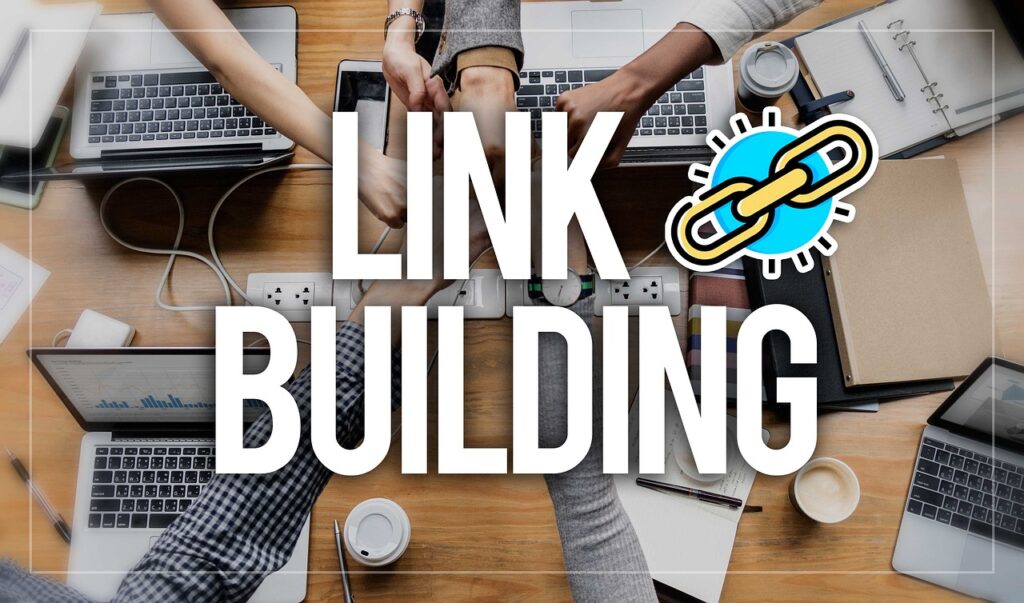Search engine optimization (SEO) is a major building block of any successful business. It’s how you get your website and business more visibility online, helping to increase traffic and sales for your products or services. But what is SEO and how does it work? To put it simply, SEO involves tactics to ensure that search engines, such as Google, find and index your web pages correctly. To understand the basics of SEO, the different elements of it are detailed below.
Keyword research

Before optimizing anything on your website, keyword research must be done first. This involves researching what keywords people are searching for related to your industry or niche and then finding out the best ones to incorporate into your content. It will also help you find keywords with less competition, making it easier for your web pages to get ranked higher in the search engine results pages (SERPs).
On-page optimization
Once you know what keywords you want to use, you’re ready for on-page optimization. This includes optimizing page titles, meta descriptions and headings with those keywords as well as ensuring that all images and videos are tagged with relevant information. Of course, all of these elements need to be done correctly for maximum SEO benefit.
Content creation
Creating great content is essential for SEO success. Search engines love informative, original content that provides readers with value. Therefore, your content should be keyword-optimized from start to finish and include internal links to other relevant pages on your website. For example, include links to your blog posts, different products, a list of services you provide and a resources page.
Link-building

Search engines also like to see that your website is linked to other credible websites, which is why link-building is so important. This involves creating relationships with other sites and connecting them to yours. It takes time and effort because it’s not about exchanging links but building readership and an audience. However, it’s worth it in the long run as good links help to improve ranking positions.
SEO monitoring
Once you have implemented SEO tactics on your website, it’s vital that you monitor progress and make changes as needed. Analysing traffic data, keyword rankings, backlinks and more will give you an idea of what’s working and what isn’t. That way, improvements can be made to ensure better performance in future.
Technical SEO
Finally, technical SEO includes ensuring that your website loads quickly, is mobile-friendly and is free from any errors or bugs. It’s also essential to have a well-structured website with a proper URL structure, XML sitemaps and structured data in place. All of these elements help search engines understand your content better and make it easier for them to index your pages properly.
As you can see, SEO involves a lot more than just slapping some keywords onto a page. When done correctly, the rewards are great. Go ahead and implement the ideas outlined above. You’ll be able to get your business more visibility online and attract more clients or customers who are ready to buy what you’re selling.

Are you new to SEO?
Whether you’re an SEO beginner or you need a refresher course, I’ve created a quick guide to SEO. This course has 10 bite-sized sessions that are easy to follow and implement as you go along.
Image credits
Main image: Tobias Dziuba on Pexels. Second image: Tumisu from Pixabay. Third image: Diggity Marketing on Pixabay.
Disclaimer: Some of the links in my content may be affiliate links. This means that I’ll earn a commission at no extra cost to you if you make a purchase through those links. Thank you in advance if you do!
